It’s A U.S. Record! Cumulative Days In Space: 383
It’s a U.S. Record! Cumulative Days in Space: 383

Today, Astronaut Scott Kelly has broken the record for longest time spent in space by a U.S. astronaut! Over the course of his four missions, Kelly has spent 383 cumulative days in space. This record was previously held by Astronaut Mike Fincke, with 382 days in space over three flights. Here are some more fun facts about this milestone:
4: The number of humans that have spent a year or more in orbit on a single mission
215 Days: The record currently held by Mike Lopez-Alegria for most time on a single spaceflight by U.S. astronaut. On Oct. 29, Kelly will break this record
377 Days: The current record for most days in space by a U.S. female astronaut, held by Peggy Whitson
879 Days: The record for most cumulative days in space by a human, currently held by Russian cosmonaut Gennady Padalka

Why Spend a Year in Space?
Kelly’s One-Year Mission is an important stepping stone on our journey to Mars and other deep space destinations. These investigations are expected to yield beneficial knowledge on the medical, psychological and biomedical challenges faced by astronauts during long-duration spaceflight.
Kelly is also involved in the Twins Study, which consists of ten separate investigations that are being conducted with his twin brother, who is on Earth. Since we are able to study two individuals who have the same genetics, but are in different environments for one year, we can gain a broader insight into the subtle effects and changes that may occur in spaceflight.
For regular updates on Kelly’s one-year mission aboard the space station, follow him on social media: Facebook, Twitter, Instagram.
Make sure to follow us on Tumblr for your regular dose of space: http://nasa.tumblr.com
More Posts from Inter-stellxr-blog and Others
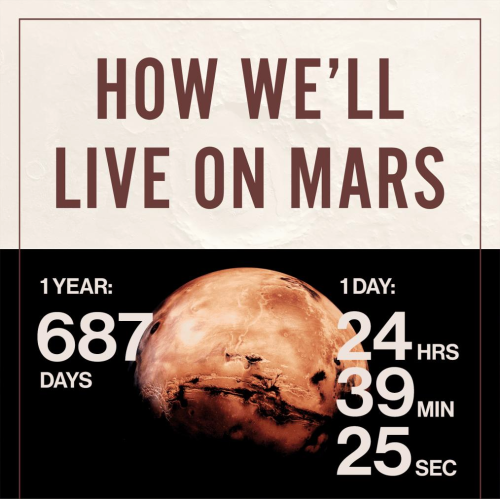
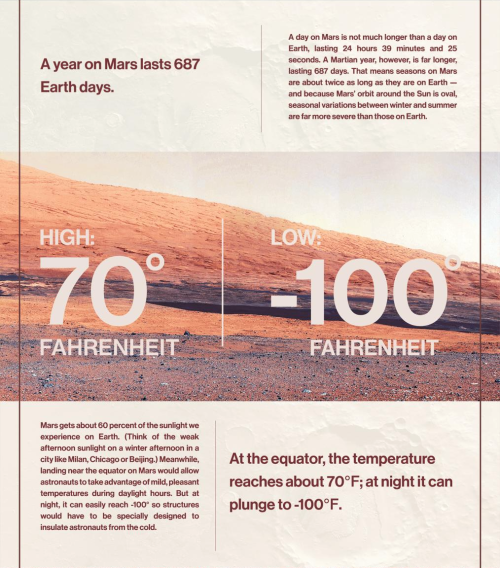
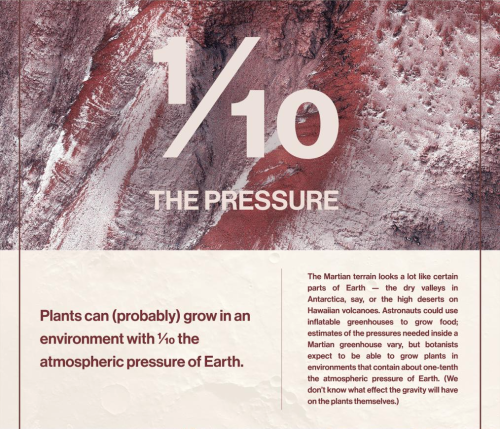
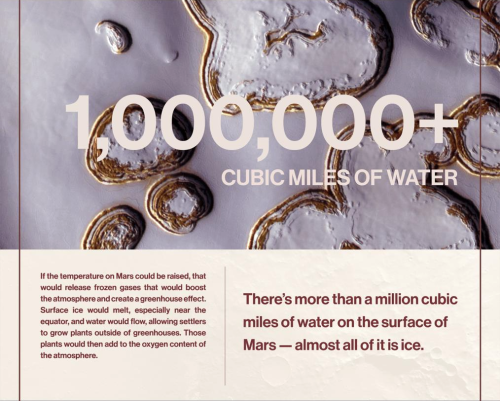
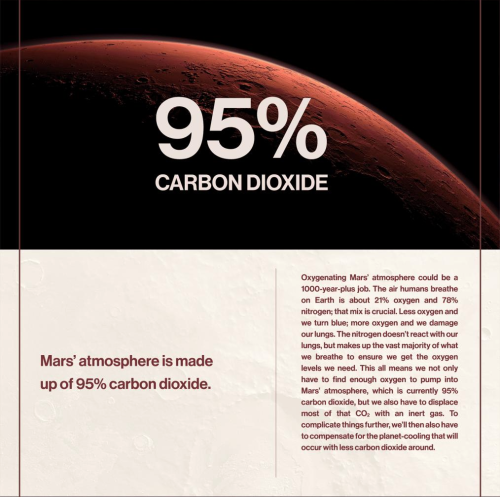
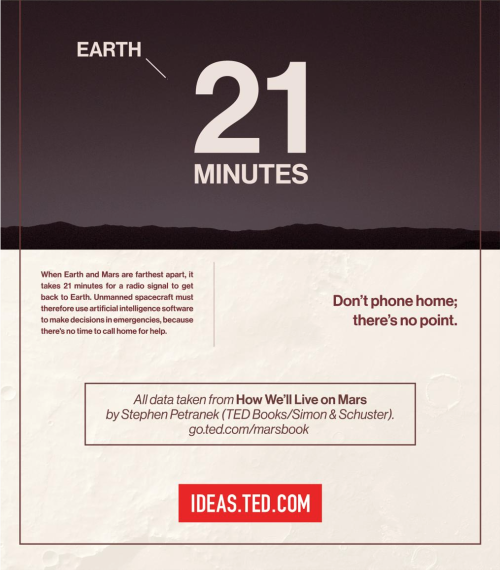
Life on Mars
![Milky Way Seen From The Moon, Err, Death Valley [OC][3648x4713] Http://space-pics.tumblr.com/](https://64.media.tumblr.com/2d63dc9dc866adb34f4da686b954e1ad/tumblr_nyeexqjys01rcl722o1_500.jpg)
Milky Way seen from the Moon, err, Death Valley [OC][3648x4713] http://space-pics.tumblr.com/

This Week in Chemistry: A liquid with holes in, why spider webs stay sticky, & more! http://goo.gl/vNI6rF
![Some Estimations On The Costs Of Going To Mars [infographic] Http://space-pics.tumblr.com/](https://64.media.tumblr.com/3e39297651d1abea02e220c4e1ed4c51/tumblr_nxzn1oQ1UU1rcl722o1_1280.jpg)
Some estimations on the costs of going to mars [infographic] http://space-pics.tumblr.com/
Boeing 747 carrying space shuttle Endeavor



Hubble’s Jupiter Maps Reveals Weird Structures
Over a 10 hour period, the Hubble Space Telescope gazed at the solar system’s largest planet to produce one of the most spectacular maps of Jupiter’s complex and dynamic atmosphere. Immediately astronomers were able to measure the size of the planet’s shrinking Great Red Spot and notice some mysterious structures along the way.
As the spot has shrunk, it’s color has also become more anemic, losing some of its redness. Also, as these new Hubble observations show, a strange wispy structure has formed inside the storm, becoming warped by the high-speed winds that have been clocked at a speed of 540 kilometers (335 miles) per hour. Astronomers, so far, have little explanation as to what this feature is or what caused it.
Another oddity has been spied just north of the planet’s equator — a wave-like structure has formed, something that hasn’t been seen since the Voyager 2 flyby in 1979. During that flyby, these waves were assumed to be a transient event and the fact the spacecraft imaged them was a fluke. But they’ve now returned, no doubt sparking some huge interest as to their origins.
Click to learn more

|Myheimu|

In first grade Jessica Meir made a drawing of herself standing on the moon. Turns out she underestimated her own ambition: Today, at 38, Meir could become the first human to touch down on an even farther destination: Mars. A next step for man? Yes, and a giant leap for womankind.
The mission itself is at least 15 years away—it will take that long to build and test every last piece of equipment. But it’s already the most hotly anticipated space-exploration effort ever. Governments around the world—in China, Europe, and Russia—have plans in the works to at least land robots on Mars, while in the U.S., private companies like SpaceX are partnering with NASA on a human mission and plotting their own commercial trips. And unlike the 1960s race to the moon, this time women are playing pivotal roles—building rockets, designing space suits, and controlling the remote rovers that are already sending momentous insights back from Mars.
A human landing will not, to put it mildly, be easy. The shortest route to our planetary neighbor is 35 million miles. Just getting there will take six to nine months; a round-trip, two to three years. “This will be the longest, farthest, and most ambitious space-exploration mission in history,” says Dava Newman, Ph.D., NASA’s deputy administrator. Once they’ve landed, the astronauts will have to navigate giant dust storms, temperatures that can plummet to minus 284 degrees Fahrenheit in winter, and an atmosphere filled with cancer-causing galactic radiation. If their equipment fails? NASA won’t hear an SOS for 10 minutes. And there’s no turning back. “It’s not like the moon; that’s a three-day trip,” says Jason Crusan, director of advanced exploration systems at the agency. “When you go to Mars, you’re going. You can’t abort.”
And yet the pull is irresistible: The rovers have revealed a land of swooping red dunes and craters. Evidence of water—not just ice, but actual flowing water—has surfaced, and water is often considered a sign of possible life. “Mars can teach us so much about the past, present, and future of our own planet,” says Meir. “That’s a phenomenal thing.”
Also phenomenal? For the first time NASA’s latest class of astronauts is 50 percent female. A fearless group, Meir and her colleagues Anne McClain, 36, Christina Hammock Koch, 37, and Nicole Aunapu Mann, 38, have already flown combat missions in Iraq, braved the South Pole, and dived under thick layers of ice in Antarctica. Last fall they gave Glamour exclusive access to watch them train at NASA’s facilities in Houston—and talked about their epic adventure.
Continue Reading.

NASA in the 1970s expected to process the Space Shuttle after flights quickly, like an airliner. It didn’t work out that way.
Keep reading
-
 goodiebluebox liked this · 6 years ago
goodiebluebox liked this · 6 years ago -
 sophiasticateed liked this · 7 years ago
sophiasticateed liked this · 7 years ago -
 brokentowels liked this · 8 years ago
brokentowels liked this · 8 years ago -
 wheatcountryhero liked this · 8 years ago
wheatcountryhero liked this · 8 years ago -
 geraldad liked this · 8 years ago
geraldad liked this · 8 years ago -
 scrap-paper-origami liked this · 8 years ago
scrap-paper-origami liked this · 8 years ago -
 thepheonixqueen reblogged this · 8 years ago
thepheonixqueen reblogged this · 8 years ago -
 arirashkae liked this · 8 years ago
arirashkae liked this · 8 years ago -
 wantonlywindswept reblogged this · 8 years ago
wantonlywindswept reblogged this · 8 years ago -
 wantonlywindswept liked this · 8 years ago
wantonlywindswept liked this · 8 years ago -
 arirashkae reblogged this · 8 years ago
arirashkae reblogged this · 8 years ago -
 crispenis reblogged this · 8 years ago
crispenis reblogged this · 8 years ago -
 shippingtech-blog reblogged this · 8 years ago
shippingtech-blog reblogged this · 8 years ago -
 cognitivelyadvancedzygote liked this · 9 years ago
cognitivelyadvancedzygote liked this · 9 years ago -
 psychosalad liked this · 9 years ago
psychosalad liked this · 9 years ago -
 spooky-levi-dildo liked this · 9 years ago
spooky-levi-dildo liked this · 9 years ago -
 bigbluenasa reblogged this · 9 years ago
bigbluenasa reblogged this · 9 years ago -
 dab0 reblogged this · 9 years ago
dab0 reblogged this · 9 years ago -
 dab0 liked this · 9 years ago
dab0 liked this · 9 years ago -
 mosessalgado97 liked this · 9 years ago
mosessalgado97 liked this · 9 years ago -
 sciencerocks-blgonzales-blog liked this · 9 years ago
sciencerocks-blgonzales-blog liked this · 9 years ago -
 tencolorpen liked this · 9 years ago
tencolorpen liked this · 9 years ago -
 shesmedusa liked this · 9 years ago
shesmedusa liked this · 9 years ago -
 starlordsam26 reblogged this · 9 years ago
starlordsam26 reblogged this · 9 years ago -
 haloaroundthemoon liked this · 9 years ago
haloaroundthemoon liked this · 9 years ago -
 earthlingzineb liked this · 9 years ago
earthlingzineb liked this · 9 years ago -
 safari-eyes reblogged this · 9 years ago
safari-eyes reblogged this · 9 years ago -
 imbogwitch liked this · 9 years ago
imbogwitch liked this · 9 years ago -
 underthesilentstars liked this · 9 years ago
underthesilentstars liked this · 9 years ago -
 itssuicidedevil reblogged this · 9 years ago
itssuicidedevil reblogged this · 9 years ago -
 postmodernbaseball liked this · 9 years ago
postmodernbaseball liked this · 9 years ago -
 fuckingmultiverse reblogged this · 9 years ago
fuckingmultiverse reblogged this · 9 years ago -
 farmerpat420 liked this · 9 years ago
farmerpat420 liked this · 9 years ago -
 wesleythebuck liked this · 9 years ago
wesleythebuck liked this · 9 years ago -
 geekwiththegoggles reblogged this · 9 years ago
geekwiththegoggles reblogged this · 9 years ago -
 geekwiththegoggles liked this · 9 years ago
geekwiththegoggles liked this · 9 years ago -
 tristanshoard reblogged this · 9 years ago
tristanshoard reblogged this · 9 years ago
"I don't know who will read this. I guess someone will find it eventually. Maybe in a hundred years or so." -Mark Watney
174 posts